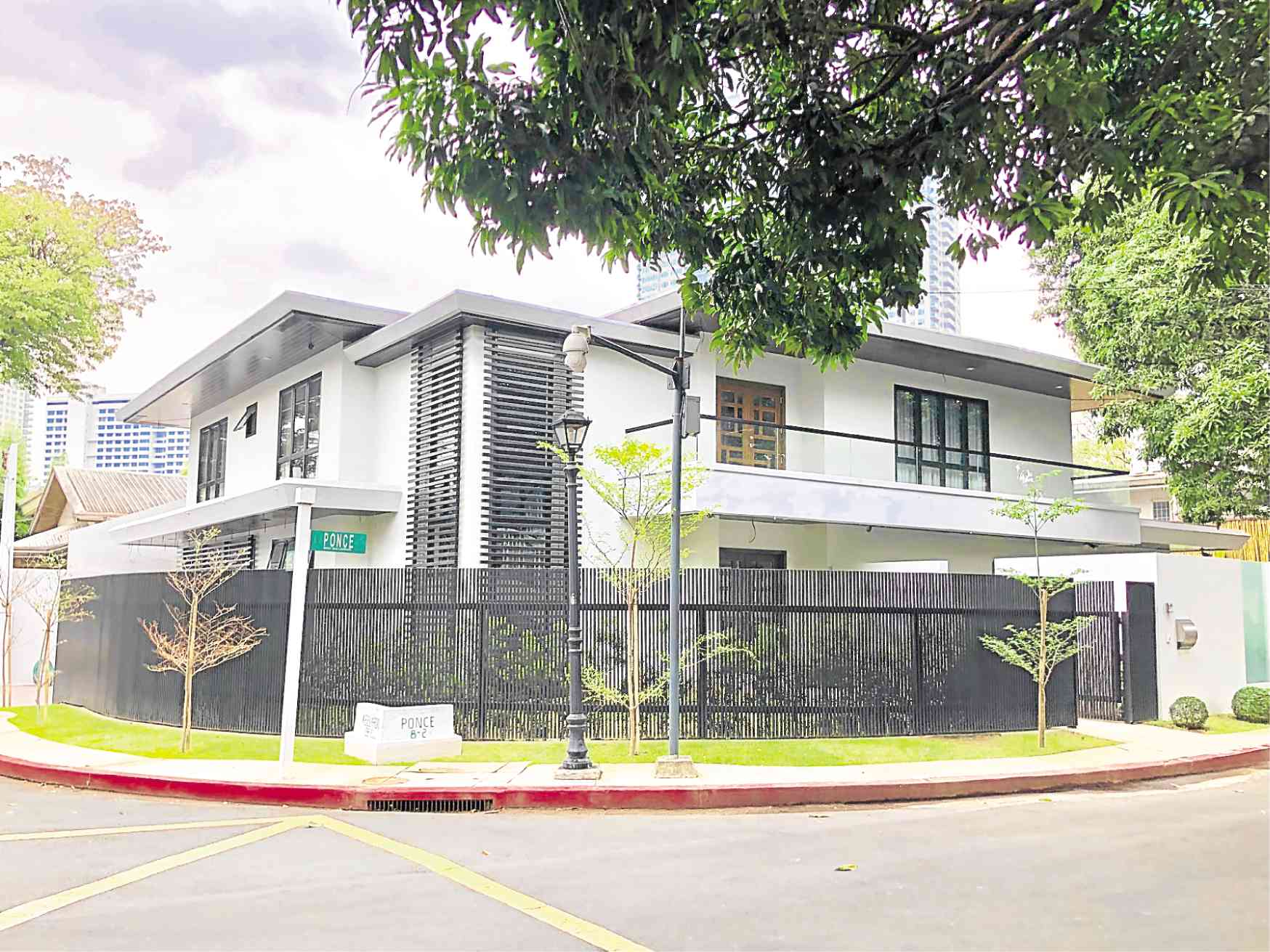As an architectural designer, I always consider the basic principles of feng shui when planning a structure.
Proper orientation, a good flowing floor plan and furniture layout, materials to be used, ample lighting and sufficient plumbing, as well as the natural and artificial landscape in and around the property—these must all blend together harmoniously for an architectural design to be considered successful.
The same logic applies with feng shui, as it attempts to usher in good energy or “chi” into a structure and its occupants by carefully planning and using certain elements in and around a structure.
While I’m by no means an expert in its teachings and principles, I practice the basics and continuously brush up on my knowledge of it for a number of reasons. I believe its principles go hand in hand with a lot of architectural design philosophies, such as the use of nature’s elements, like lighting and ventilation which create a light feeling of relaxation and peacefulness inside a building—or as we Filipinos would like to call it, maaliwalas.
Also, I agree with most of its teachings which I find logical and practical, such as the placement of certain areas in a household to allow good flow and relationship among occupants.
In just a few more days, the country will be celebrating the Chinese New Year. This means that starting Feb. 5, it will be the Year of the Earth Boar and feng shui principles will also start to shift and favor different materials and concepts, in the same way that architecture shifts through design trends yearly.
I had a brief chat with feng shui master Frankie Ong Bata, whom I’ve worked with over the years on clients’ houses as well as my own property. He was delighted to share some feng shui tips as far as architecture is concerned for the incoming year.
For choosing materials, he shared: “For the Year of the Earth Pig, the following materials are strongly recommended for building structures based on our feng shui study and practice: granite materials; mining materials like semiprecious stones, glass material around the structure such as huge windows; glass floorings in some parts of the house; fish ponds with glass perimeters; and even plastic materials are part of Earth year. These materials will bring more good energy to the whole household. To fully energize these Earth materials, it is strongly recommended that the Fire element should be present. Fire is represented by yellow bulbs, so using more lights around the house will enhance these Earth materials.” He goes to warn that the element of wood should be avoided as much as possible this year.
In terms of color choices, he stated: “For the Earth Year, the colors are usually represented by yellow, all shades of yellow and all shades of red (pink, red, orange, fuchsia, purple). But then again, the colors vary depending on the elements of every person, or the head of the family in every household.”
While we both can’t imagine the idea of an entire house painted in red, you can play with the colors, or accent your house with the color through art works such as paintings, sculptures and furniture around a house.
I hope that bit of information will be helpful to would-be homebuyers or designers this coming new year. The choice is ultimately yours whether you would like to apply feng shui in your own household or not.
Some people attest that it has changed their lives in a positive way, while skeptics would say otherwise. If you’re curious and would like to learn more, you can read up on more information in various books or sites online, or consult feng shui masters like Frankie Ong Bata who specialize in the art.
In all honesty, I would personally advice you to do whatever makes you feel good and secure in your own home this coming Chinese New Year. Good luck!


